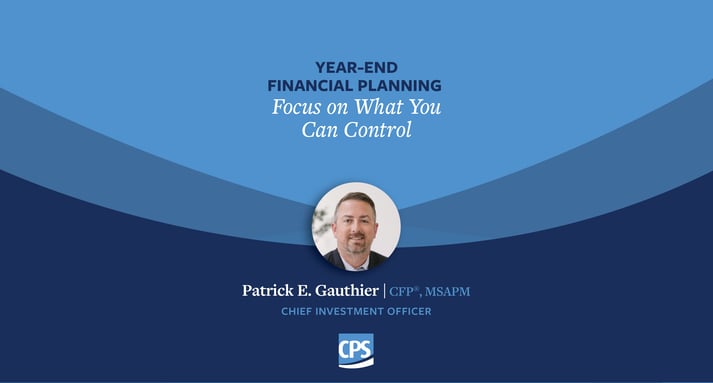Black Friday to Cyber Monday | Unpacking the Economic Signals Behind the Shopping Spectacle
While Black Friday and Cyber Monday may primarily evoke images of frenzied shoppers and discounted goods, savvy investors understand that these annual shopping bonanzas can be informative indicators of consumer strength. Beyond the allure of discounts, these annual events offer a nuanced glimpse into the heartbeat of consumer strength. What better time of year to check in on the consumer than Thanksgiving weekend?
The National Retail Federation reported a record 200.4 million people hit stores and searched online for gifts from Thanksgiving Day through Cyber Monday. Online shopping numbers rose from last year, while in-store shoppers declined slightly. Black Friday is not immune to the stay-at-home trend many employers are facing. Overall, retail sales in the fourth quarter are expected to approach $966 billion. A standout from this retail spectacle was Cyber Monday, witnessing Buy Now, Pay Later purchases hitting an all-time high, escalating by an impressive 43% from the preceding year, as per Adobe Analytics. The average number of items per order concurrently surged by 11% annually, underscoring the inclination of shoppers to leverage Buy Now, Pay Later options for more substantial purchases.
The resilience of the consumer is often heralded as an indicator of overall economic health. However, a discordant note emerges as some economists sound a cautionary alarm, questioning whether last week's spending spree was a final hurrah for a consumer grappling with multifaceted challenges. Against a backdrop of recent consumer headwinds, such as the lingering effects of COVID-era stimulus, resumption of student loan payments, and a less favorable job-switching landscape, the query isn't unwarranted. After a year of recession warnings, it's understandable if consumers choose to pare back their holiday expenditures.
So far this season, consumers are showing their strength. A heavy dose of walking around sense goes a long way. Restaurants remain full. Movie theatres are drawing crowds. Planes are full. So much so, that according to the TSA, 2.9 million people were screened for travel on Sunday, the busiest day on record for air travel. It’ll take more than rising rates to slow down the American consumer. Through pandemics and economic cycles, the average consumer will spend what they make and all too often more than that. We see this in rising credit card balances throughout the income spectrum. Luckily, wage growth has kept pace with inflation over the last few years. Consumers may be taking on balances, but they are showing commitment to making the payments. The same can be said for home loans. Increasing mortgage rates may slow the housing market, but it doesn’t affect the more than 80 percent of existing mortgages locked in at historically low rates.
As we navigate through year-end, pay attention to the world around you. Congested highways, TSA lines, and full gas pumps are all signs of economic activity. Americans are going on with their lives, as we typically do. Most economists began the year telling you a recession was coming. They are saying the same thing now. At some point, a recession will come.
Despite concerns about the economy and consumer sentiment being below pre-pandemic levels, Americans are poised to usher in a festive holiday season marked by robust spending. According to a Deloitte survey, consumer spending is on an upward trajectory, with individuals planning to outpace their expenditures from the previous year. While excess savings have experienced a decline, a considerable sum (approximately $433 billion in excess savings) still lingers on household balance sheets. Bolstering this economic optimism is a robust labor market, boasting an additional 2.4 million jobs compared to the same period in the preceding year. Inflation's impact remains contained, and the recent decline in pump prices augurs well for increased holiday budgets. Consumers are strategically seeking bargains, reminiscent of pre-pandemic shopping patterns, with a notable surge in interest in off-price retailers. However, challenges like rising consumer credit delinquencies pose concerns, and the future trajectory of consumer spending beyond the holidays hangs in the balance, marked by uncertainties. The looming influence of past rate increases by the Federal Reserve and potential job losses cast shadows on the economic horizon, potentially shaping a narrative that extends beyond the joyous festivities of the season. Focus on your path to financial success, and the rest will take care of itself.







